
How To Make Your Own Compost For Growing Cannabis
Composting enables cannabis growers to create their own nutrient-rich soil amendment for free. Not only will doing so lower your carbon footprint, but it will bring the health of your garden—and the quality of your harvests—to the next level.
Composting provides a way to put garden and kitchen waste to good use. Instead of sending it to the landfill, composting your organic waste allows you to recycle nutrients back into nature to feed your cannabis plants.
Composting basically involves letting organic materials rot down into “black gold”, a dark substance loaded with beneficial, plant-feeding compounds. Compost can be used as a top dressing when growing in soil, and you can even use it to make your own potting mix.
Within months, a team of hardworking worms, bugs, and microorganisms will break down potato skins and grass clippings into almost everything your cannabis plants need to survive. Say hello to sustainability, and goodbye to nutritional deficiencies.
THE BENEFITS OF GROWING CANNABIS WITH YOUR OWN COMPOST
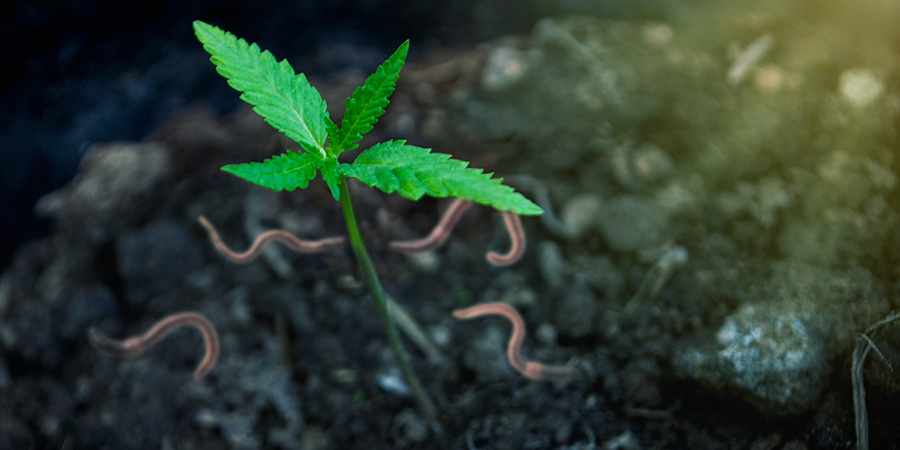
Making your own compost in the garden offers a host of benefits for you, your plants, and the environment. Composting helps gardeners get closer to a “closed -loop system”—turning waste into food (and weed), and food (and weed) into waste.
Eventually, this kind of system enables gardeners to minimise the amount of compost they have to purchase and reduce the amount of waste they send off to recycling centres and landfill sites. Can you say “win-win”?
There are so many reasons why cannabis growers should start a compost heap in their garden. Here are some of the most tempting:
- Works as a natural fertiliser
- Transforms free waste and scraps into a valuable resource
- Saves money on ordering new compost and soil
- Improves the soil’s moisture retention
- Promotes optimal growth of cannabis plants
- Introduces beneficial microorganisms into the soil
- Provides a food source for worms, an important element of the soil food web
- Helps to control weeds and combat disease
- Decreases need for chemical fertilisers
- Lowers your carbon footprint
HOW TO MAKE YOUR OWN COMPOST FOR CANNABIS PLANTS
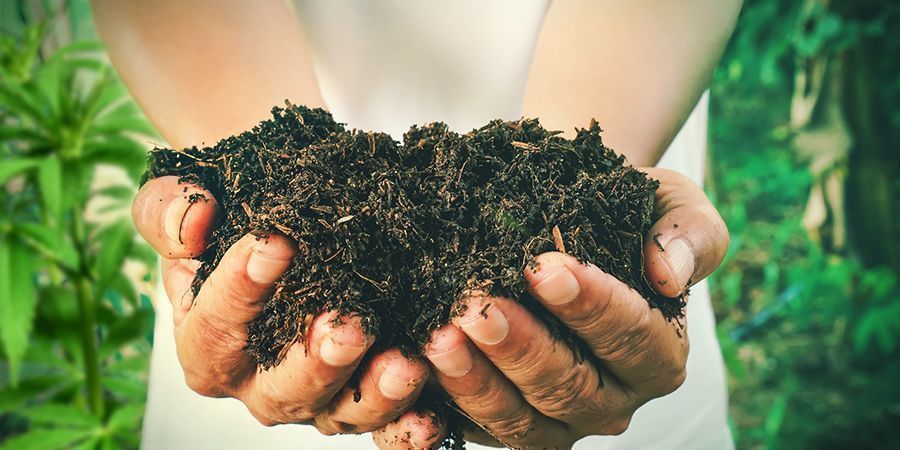
You’ll quickly see just how easy making your own compost can be. As long as you provide a steady flow of the right material in the right quantities, nature will take care of the rest.
HOW TO GET STARTED
First things first, you’ll need to make or purchase a compost bin. This will serve as a container to keep your compost heap warm, safe, and moist—factors required to help microbial life thrive. You can make a simple compost bin out of recycled pallets, planks, or other materials. Alternatively, many types of suitable bins and containers exist on the market.
You’ll also need to find a suitable area in your garden to place your compost bin. A shady spot sheltered from storms and strong winds works best. Compost microorganisms like constant conditions, so try and avoid areas prone to extreme heat during the summer.
Placing your bin on an earth base such as grass or mud will allow worms to climb up into the bin and start breaking down organic matter. It will also enable proper drainage. Now that you’ve placed your bin in a good location, it’s time to start adding organic material.
WHAT TO USE
Compost consists of two categories of materials: green and brown. You’ll need to provide your heap with the proper amount of each in order to keep the microorganisms healthy and thriving. Too much of one type will cause your heap to become too wet and smelly or too dry and inefficient. Your compost heap should ideally consist of between 25–50% green materials and 50–75% brown materials.
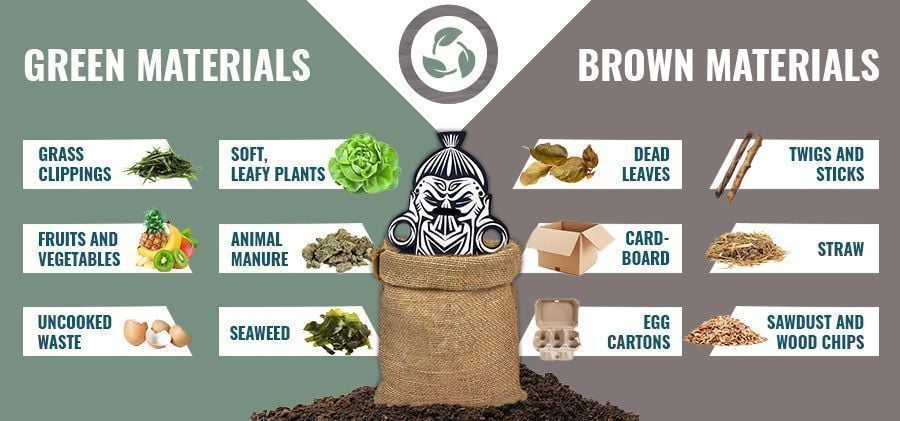
Green materials contain high levels of nitrogen. They provide food for the beneficial bacteria and fungi that break the organic matter down into compost, and also supply moisture. Green materials include:
- Grass clippings
- Fruits and vegetables
- Uncooked kitchen waste: banana peels, potato skins, carrot skins, eggs shells, tea bags
- Soft, leafy plants
- Animal manure
- Seaweed
Brown materials provide carbon to the compost heap and also help to soak up excess moisture. These include:
- Dead leaves
- Cardboard
- Egg cartons
- Pruned twigs and sticks
- Straw
- Sawdust and wood chips
WHAT NOT TO USE
Although you can compost the majority of your kitchen and garden waste, some products aren't compatible with composting and will instead cause problems in your heap. Avoid placing the following items in your compost bin:
- Pet waste from dogs and cats
- Meat
- Dairy
- Pernicious weeds
POTENTIAL PROBLEMS WITH MAKING YOUR OWN COMPOST
When you strike a good balance between green and brown materials, and achieve stable environmental conditions, your compost heap will start thriving with beneficial microbial life. However, if your materials or environmental conditions are off, several problems can arise. Check out some potential issues below and how to fix them.
WET AND SLIMY COMPOST
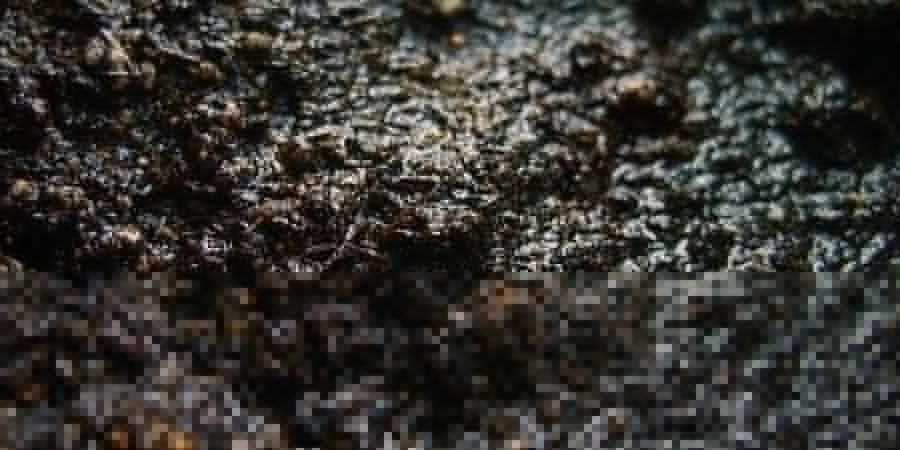
Different microorganisms thrive under different conditions. A perfect compost pile will feature aerobic microbes—those that break down organic matter in the presence of oxygen. The reaction created by these critters helps to generate heat and break down organic waste with haste. A good amount of “browns” helps to soak up excess moisture and create oxygen-rich air pockets.
However, too much green can cause excess moisture to build up. This can result in reduced oxygen and anaerobic conditions. This causes microbes that thrive without oxygen to begin degrading the pile. These creatures won’t generate adequate heat and will turn your pile into smelly sludge as opposed to black gold.
To solve this issue, add in more brown materials to create air pockets and absorb the slime. You should also turn your compost heap with a pitchfork once every week. Turning will:
- Aerate your compost heap
- Allow you to assess the moisture content
- Mix the old and new material together
- Speed up the composting process
DRY AND FIBROUS COMPOST
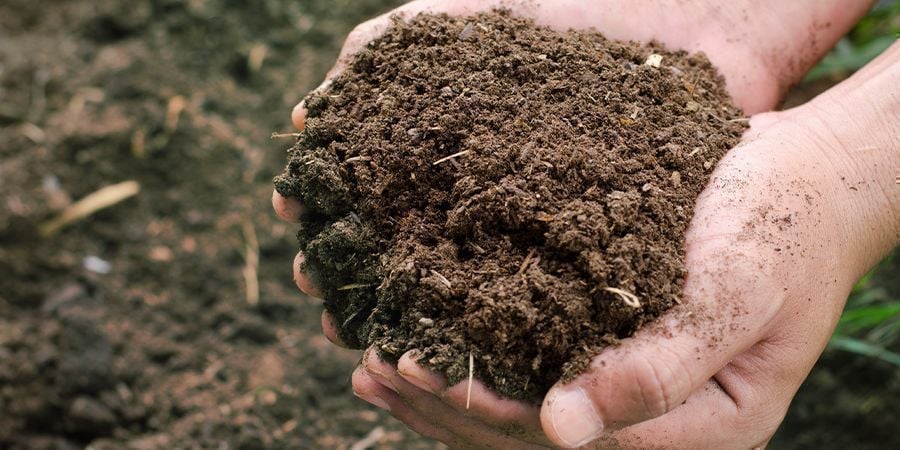
A dry and fibrous pile lies at the other end of the spectrum. A pile like this will have plenty of oxygen, but not enough nitrogen, water, and nutrients to create a healthy population of bacteria, fungi, and worms. Add more green waste and compost accelerators, such as comfrey, to get things moving again. Aim to hit the 50% mark between green and brown materials.
If your compost bin is on concrete or gravel, consider adding worms to help speed up the degradation of these materials, and spread nutritious worm castings throughout the heap.
FLY INFESTATIONS
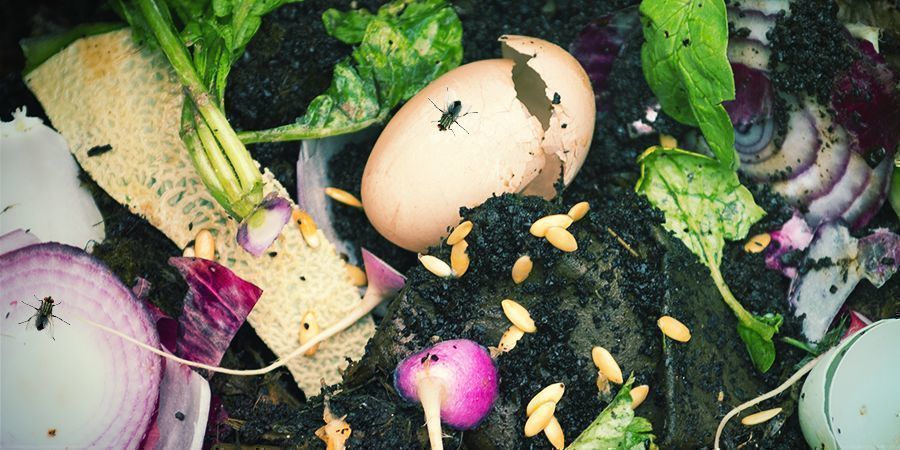
A healthy compost pile shouldn't attract swarms of hungry flies. This could be a sign of anaerobic decomposition. Add some more brown materials to your heap and give it a turn. Alternatively, exposed kitchen waste could be attracting flies. Cover it with a layer of sawdust after adding it to the pile.
SIGNS THAT YOUR COMPOST IS READY
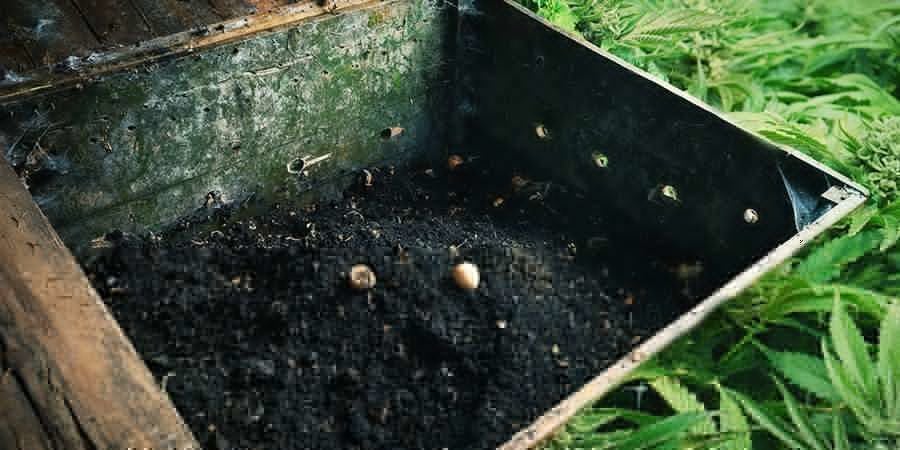
Composting requires patience, but the rewards make the wait more than worthwhile. It could be between six months to two years before you remove your first batch of black gold from your heap. Look out for these signs to determine if your compost is ready to use:
- Dark brown or black in colour
- Soft to the touch
- Airy and crumbles easily in the hand
- Pleasant, earthy smell
You can make a sieve out of wood and wire mesh to separate the finer compost from unrotted material. Simply throw the unrotted pieces back onto the pile for further degradation.
HOW TO USE HOMEMADE COMPOST FOR YOUR CANNABIS GROW
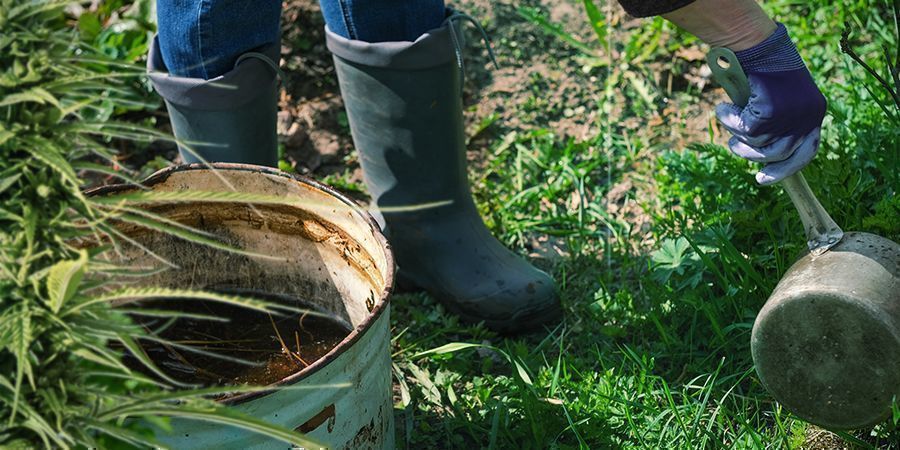
The alchemical process has come to fruition. You successfully transmuted kitchen and garden waste into black gold. Now it’s time to use this nutritious substance to boost the health and yields of your cannabis plants. Check out the most effective ways to use it below.
MAKE IT INTO COMPOST TEA
Compost tea involves brewing your compost into a nutrient-dense liquid that can be added as a root drench or foliar spray. Use compost tea as an organic fertiliser, or keep it handy to tackle any nutrients deficiencies if they arise.
USE IT AS A BASE FOR SUPER SOIL
As a soil amendment, compost will bolster your substrate with all the nutrients cannabis plants need for optimal growth and amazing yields. Use your black gold as an amendment in a super soil mix to make an unbeatable natural growing medium.
-
 3 min
6 May 2019
Compost Tea: The Natural Booster For Your Cannabis Plants
Compost tea is a great addition to any outdoor grower’s toolbox. It is a concentrated organic liquid that feeds and strengthens your hungry beauties - it’s well worth the effort!
3 min
6 May 2019
Compost Tea: The Natural Booster For Your Cannabis Plants
Compost tea is a great addition to any outdoor grower’s toolbox. It is a concentrated organic liquid that feeds and strengthens your hungry beauties - it’s well worth the effort!
-
 6 min
5 September 2018
What Is Recycled Organic Living Soil (ROLS)
ROLS techniques allow you to create a self-sustaining soil biosphere in your garden. Save money on pesticides and fertilisers, improve the health of the environment, and enhance the quality of your...
6 min
5 September 2018
What Is Recycled Organic Living Soil (ROLS)
ROLS techniques allow you to create a self-sustaining soil biosphere in your garden. Save money on pesticides and fertilisers, improve the health of the environment, and enhance the quality of your...








 United States
United States













